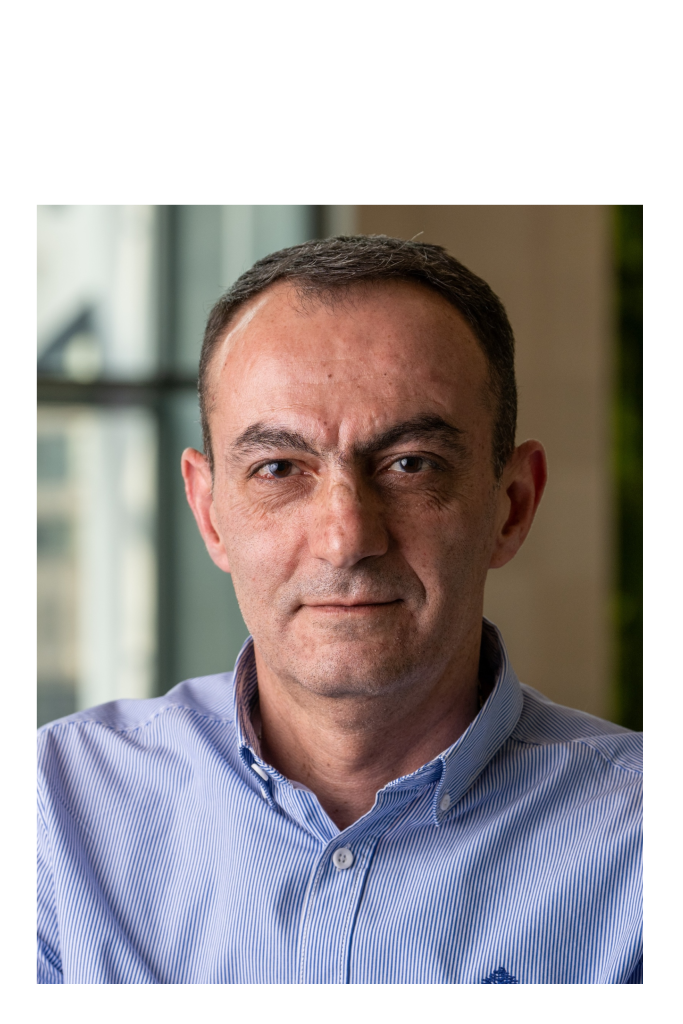In just the past few years, the demand for smokeless tobacco alternatives has soared. From having been a niche product only available in some parts of the world, like Sweden, products like snus have become available all over the world. And the demand has risen sharply. What is the reason behind this rapid development?
According to a report published by Emergen Research, the total value of the smokeless market reached $90 billion in 2022 and is expected to reach $141.68 billion in 2032. There are several factors behind this, for example that smoking is becoming banned in more and more markets and environments.
And it isn’t just that it is being banned by law, it is also that when you smoke, the other people around you are smoking as well. But with smokeless solutions, it is only the user who is affected.
One of the primary factors driving this trend is undoubtedly the lower health risks associated with smokeless tobacco. The growing awareness about the negative impacts of smoking tobacco makes smokeless tobacco a preferable alternative.
According to the US Government’s National Cancer Institute Report “Harms of Cigarette Smoking and Health benefits of Quitting”, tobacco smoke contains many harmful chemicals for both the smoker and people nearby. It is crucial to understand, that even small amounts of tobacco smoke can be harmful. 69 out of the 250 harmful chemicals in tobacco smoke can cause cancer.
The World Health Organization’s International Agency for Research on Cancer declares that contact with secondhand tobacco smoke (SHS) is cancer-causing to human beings. Non-smokers, both adults and children, are susceptible to illnesses and early mortality due to secondhand smoke. Inhaling secondhand smoke irritates the respiratory tract and instantly harms the heart and blood circulation. Exposure to secondhand smoke escalates the likelihood of heart disease by an estimated 25–30 percent.
Smokeless tobacco use means reduced health risks. In countries like Sweden where smokeless tobacco products like snus is widespread, while smoking is at record lows, tobacco-related illness and mortality is far below most other comparable countries.
Nicotine can be a hard habit to kick. And it is not just about the chemical, it is also the habits connected with smoking, like taking smoke breaks and the act of lighting a cigarette. Nicotine chewing gums and plasters have proven to help many people quit smoking, but others are looking for new ways to slowly and gradually decrease the use of nicotine. This is where smokeless tobacco and nicotine pouches come in.
Numerous studies have examined the role of smokeless tobacco (particularly snus) as an aid to succeed with smoking cessation. Switching from smoking tobacco to smokeless alternatives such as snus delivers immediate health benefits as it eliminates the hazards connected with the burning of tobacco.
In Norway, the transition to snus has been confirmed Quit smoking: methods and outcomes for Norwegian adults | Discover Social Science and Health (springer.com) as a potent and successful approach to quit smoking. Norwegian healthcare professionals have the authorization to propose snus as a remedy for smoking cessation, and generally, individuals who opt for this tobacco alternative have greater possibilities of stopping smoking.
The authors of the report concludes that successful attempts to quit “were strongly related to the use of snus,” which shows that snus helps smokers quit. It has now become the most widespread form of tobacco use in Norway, especially by the younger men.
Internationally, Sweden stands out as a harm reduction paradigm, thanks in large part to the widespread adoption of Swedish snus and nicotine pouches. This acknowledgment highlights the potential of smokeless tobacco products to reduce the harm associated with traditional smoking habits.
The CAN Report 2022 (in Swedish) discusses the use of tobacco in Sweden, and included the following diagram which shows how the rate of lung cancer is decreasing rapidly in the Swedish population following a corresponding decrease in smoking. Of course, there are several other factors which may impact this development like better work environments and better protection. However, in countries where smoking tobacco is still much more common, the rates of lung cancer are much higher than in Sweden.





